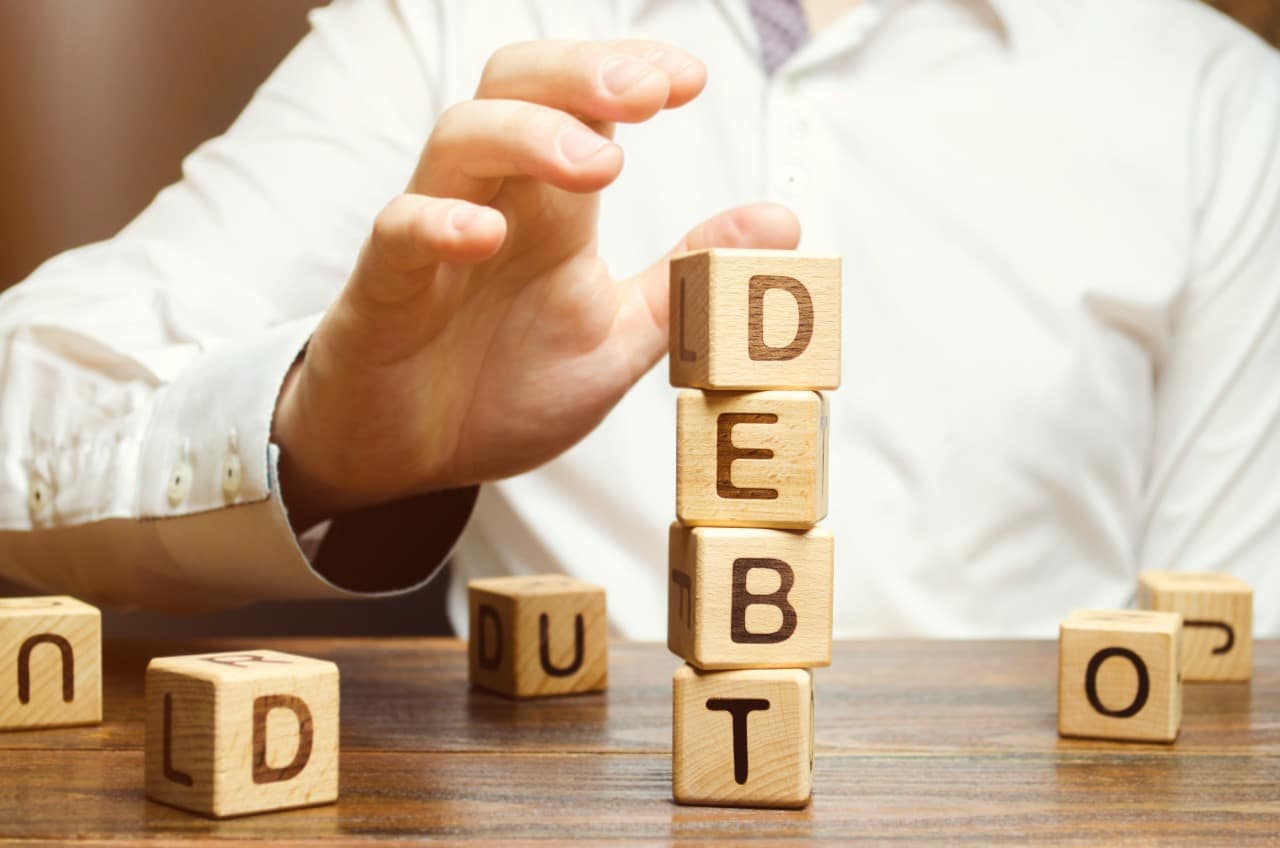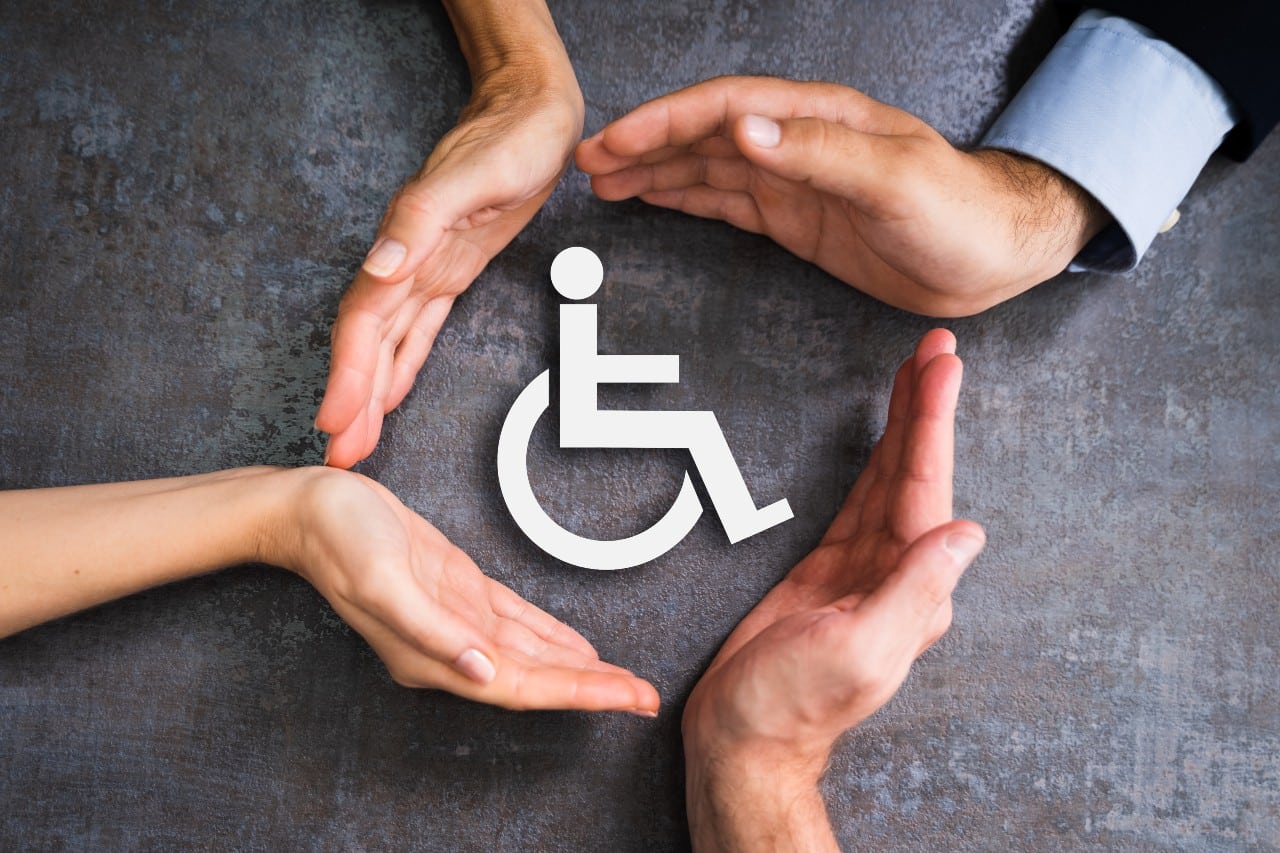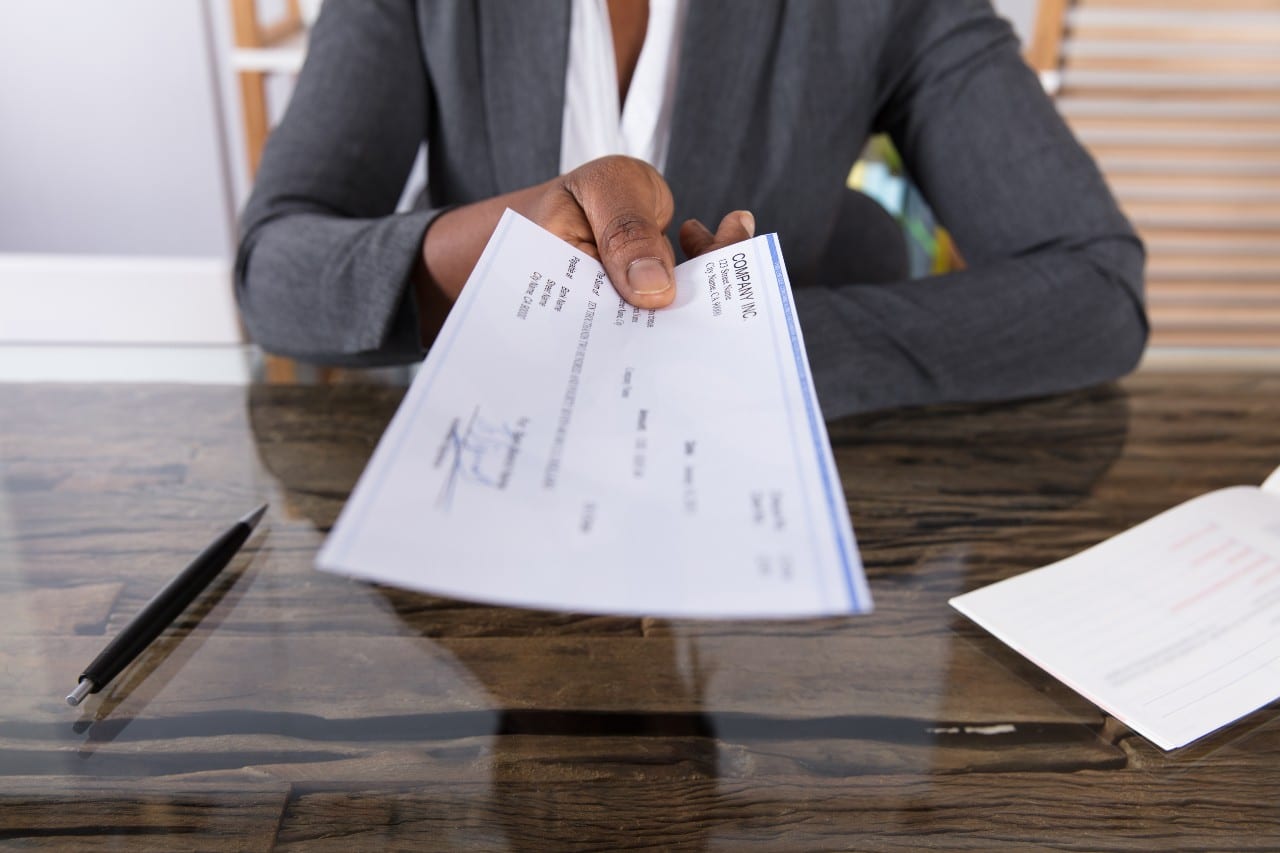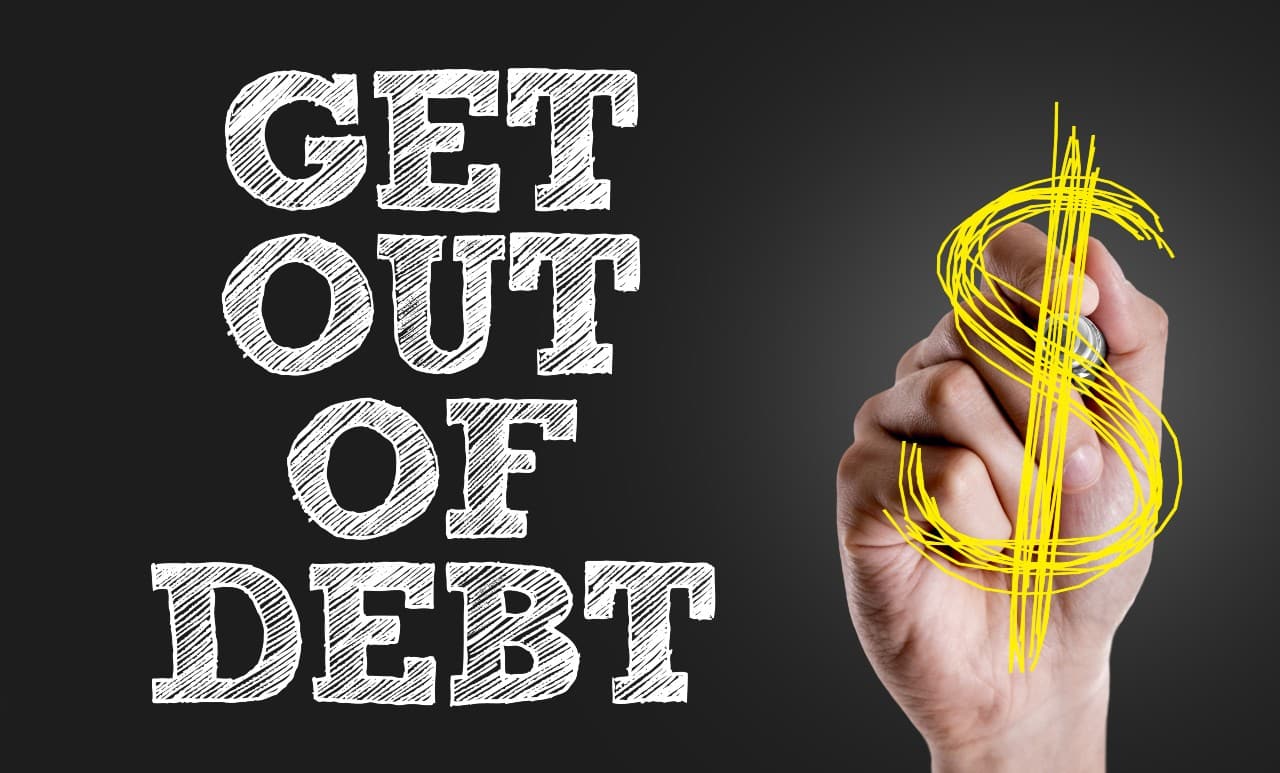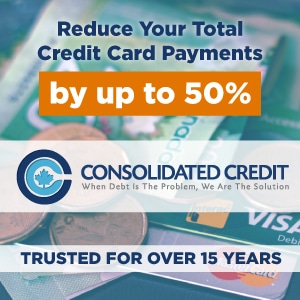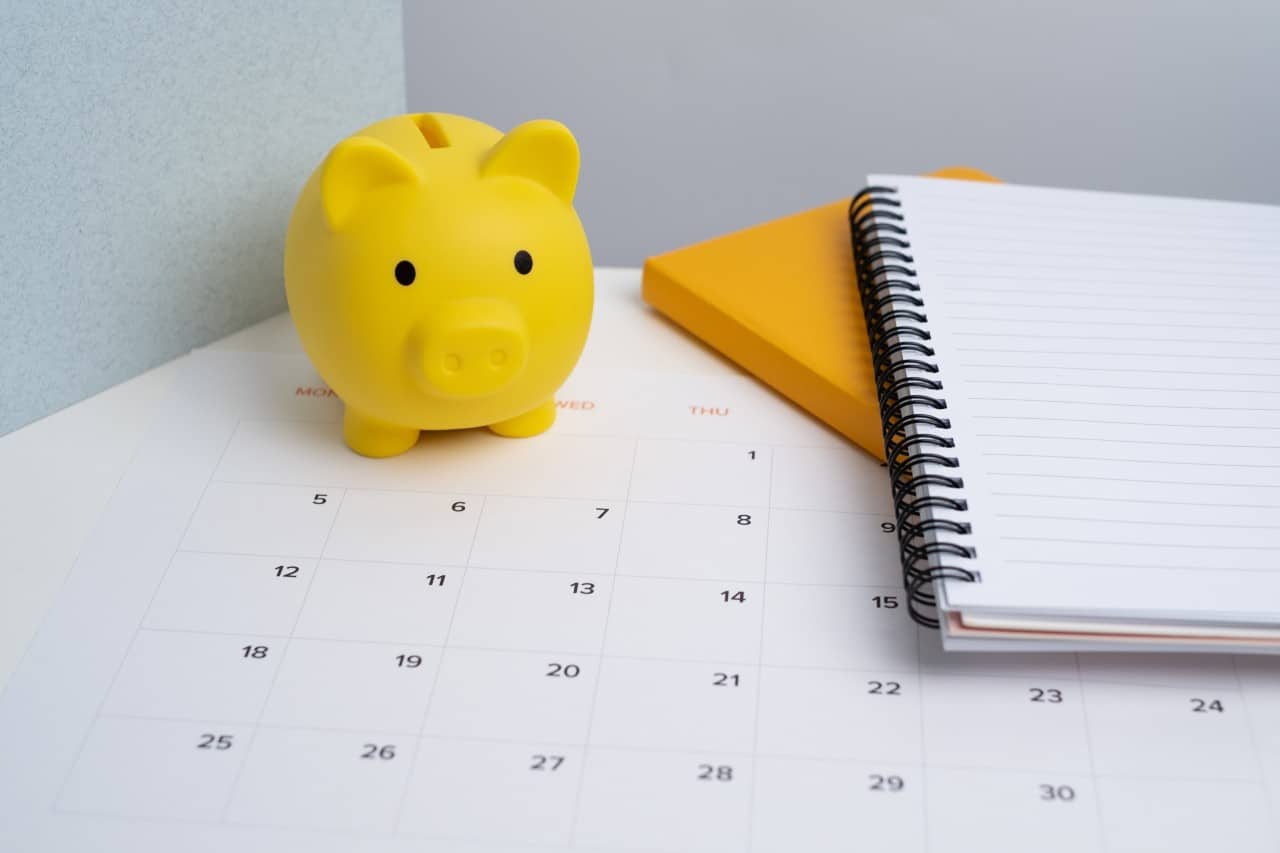Many Canadians rely on social assistance programs when facing tough financial times. These programs, such as Employment Insurance (EI), the Canada Pension Plan (CPP), Old Age Security (OAS), and disability benefits, can provide essential support if you lose your job, become disabled, or reach retirement age. While these government benefits help cover basic living costs, you might wonder whether there are programs that directly address or forgive debt in Canada.
Are there any government-backed social assistance programs for debt forgiveness?
Currently, there is no official government program in Canada that forgives general consumer debts like credit card balances, car loans, personal loans, or payday loans. However, the government does offer some support when it comes to certain types of debt. For example, if you owe money to the Canada Revenue Agency (CRA) for unpaid taxes or have a government-issued student loan, you may be able to get help under special circumstances.
In situations of financial hardship—like losing your job or facing a medical emergency—the government may reduce or waive interest and penalties on unpaid taxes or student loans. You still owe the tax, which is the principal payment. In some cases, they may work with you to set up a manageable payment plan.
It’s important to note that this kind of social assistance does not apply to personal debts, such as credit card or personal loan debt from banks or private lenders. If you are struggling with these types of debts, talk to a credit counsellor or an LIT (Licensed Insolvency Trustee).
What happens if you can’t pay credit card debt?
Falling behind on credit card payments can be a stressful situation. If you don’t attempt to rectify the situation or make a payment plan with your bank or lender, there could be serious consequences.
- The credit card company could try to collect the money by calling you, sending letters, or using a collections agency.
- If you still don’t pay, the creditor may sue you in court. If they win, they can ask the court for permission to take money from your paycheque (wage garnishment) or bank account.
- Ordinary creditors cannot garnish money from government sources—like EI (Employment Insurance), CPP (Canada Pension Plan), and OAS (Old Age Security). If your bank account only holds government benefit money, that money should be safe, but you may need to prove the source of funds. RRSPs and RRIFs are also protected in most cases, except for contributions made in the 12 months before bankruptcy filing. Regulations also protect any locked-in pensions from creditors.
- It is also important to note what assets and investments are not protected. TFSAs can be seized if you file for bankruptcy. Any rental or vacation homes are also not protected. This, however, only comes into consideration if creditors try to seize your assets to cover nonrepayment.
- Missing credit card payments will hurt your credit score, making it harder to borrow money in the future.
- While credit cards are unsecured, secured debts (like a car loan), missing payments could result in the lender repossessing your property.
What are your options if you can’t repay credit card debt?
There are several options to consider, with different processes, impacts, and outcomes. Some, like debt management plans, are a structured approach where you pay off all your debt over time. Others, like bankruptcy, have a more severe impact. Your choice will need to take all these factors into consideration.
Debt Management Plan (DMP)
This is a voluntary, structured payment plan where a credit counselling agency negotiates lower or waived interest with your creditors. You repay 100% of your debt over time, typically 3 to 5 years. It helps organize payments and reduce financial stress.
Debt Consolidation
Debt consolidation involves combining multiple debts into one loan or line of credit with a potentially lower interest rate. This helps simplify payments and reduce interest costs. Getting a lower-interest loan usually requires proof of a stable income.
Consumer Proposal
This is a government-approved, formal agreement to settle unsecured debts for less than you owe, managed by a Licensed Insolvency Trustee. It stops interest and collections during the proposal period and lets you keep your assets. It typically lasts 3 to 5 years.
Bankruptcy
Bankruptcy is a legal process where you surrender assets to repay some debts. Any remaining unsecured debts may be discharged. It stops collection calls and garnishments, but severely impacts your credit score and stays on your credit report for several years.
Budgeting Strategies
- Avalanche method: Pay off debts with the highest interest first. This helps minimize the total interest amount you need to pay.
- Snowball method: Pay off the smallest debts first to reduce the number of your debts. It also helps build motivation and momentum!
Tips to maximize help
If you’re struggling with debt in Canada, there are some steps you can take to protect your finances and get the most support:
- Track where your money comes from, especially government benefits like EI, CPP, or OAS. This helps prove that certain funds are protected, even if creditors are trying to garnish your bank account.
- Open a new bank account that is separate from your credit card lender institution. Keeping this separate protects your money, since the lender cannot go into your account. Hence, they cannot seize funds to try to cover your debt.
- When possible, try to deposit government benefits into a separate account. This can make it easier to show that the money is exempt from garnishment by ordinary creditors. While these funds can be considered social assistance, it does not provide relief from your debts.
- Speak with a credit counsellor or LIT. Getting professional advice early can help you understand your options.
- If you’re requesting hardship relief or forgiveness from creditors, keep detailed records of your medical condition or disability. While creditors are not legally required to grant relief, having proper documentation can improve your chances of getting support or negotiating better terms.
Key takeaways
There are no government social assistance programs that forgive general consumer debts like credit cards or personal loans. The government’s debt relief efforts focus primarily on specific debts, such as CRA tax debts or government student loans. In these cases, relief may come in the form of waived interest or reduced penalties under financial hardship or extraordinary circumstances. These supports do not erase the principal owed and do not apply to ordinary consumer credit debt.
Government benefits like EI, CPP, and OAS are protected from garnishment by ordinary creditors, especially if you can show the funds come from these sources. If you’re unable to pay credit card debt, options include debt management plans (DMPs), debt consolidation loans, consumer proposals, and bankruptcy. It’s important to keep clear records, especially of government benefit income, to protect them from creditors.


